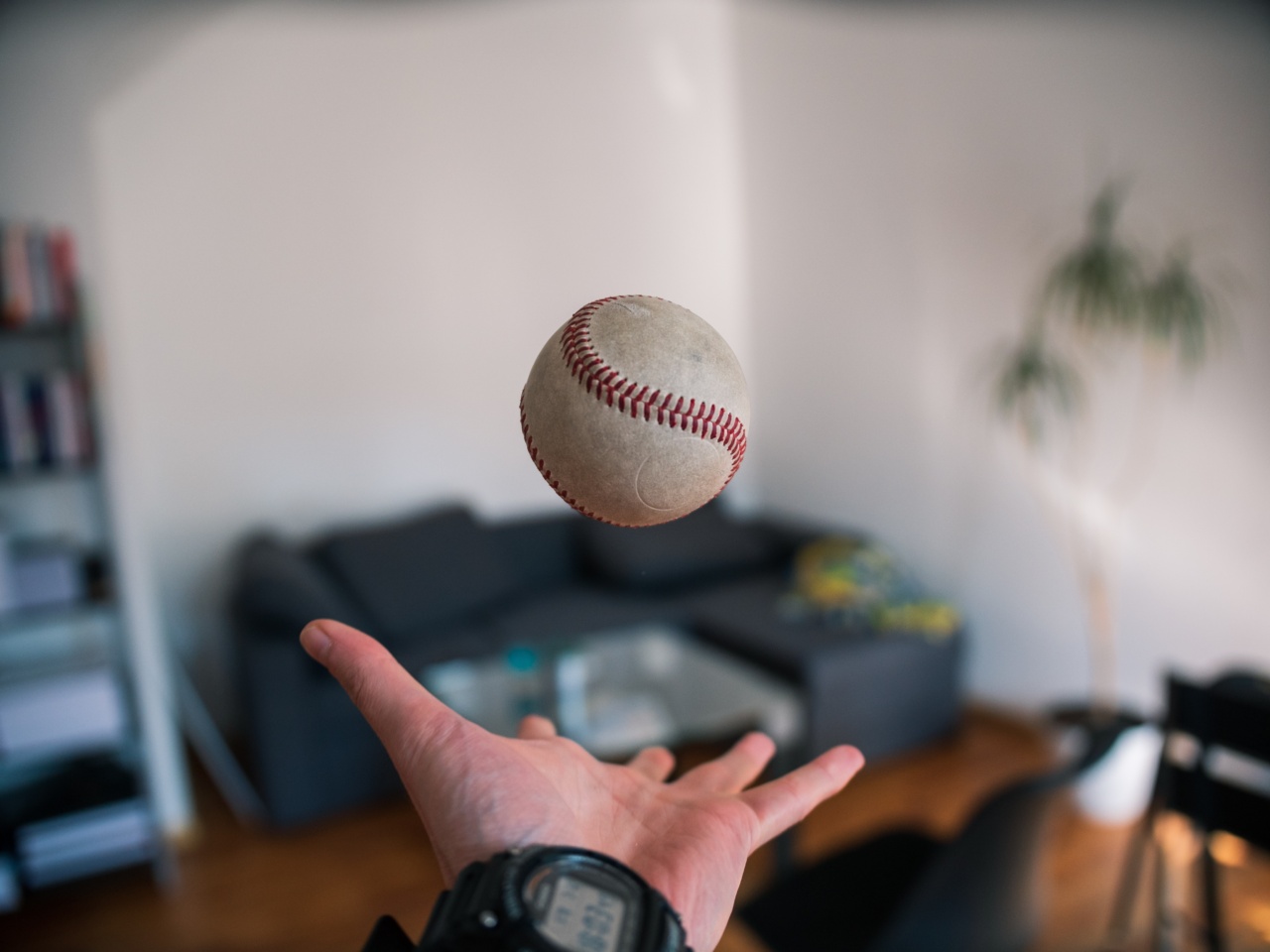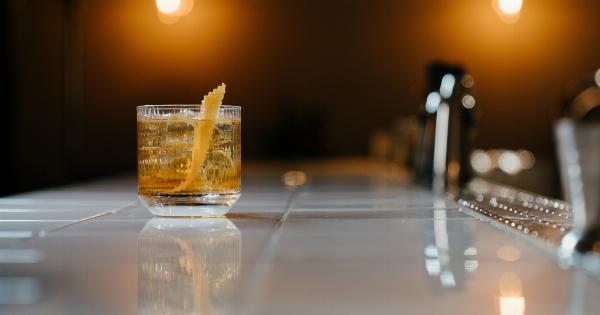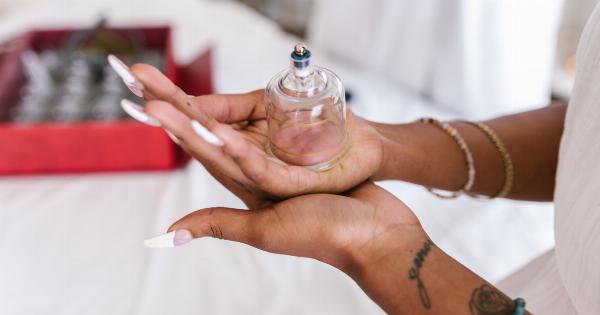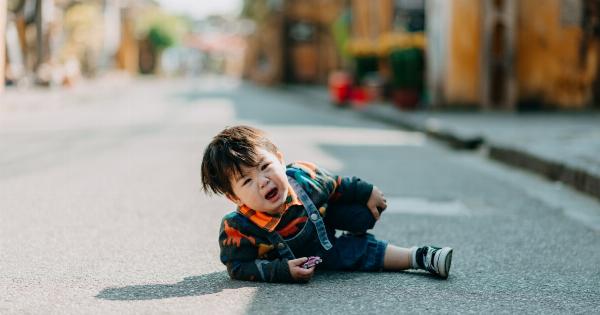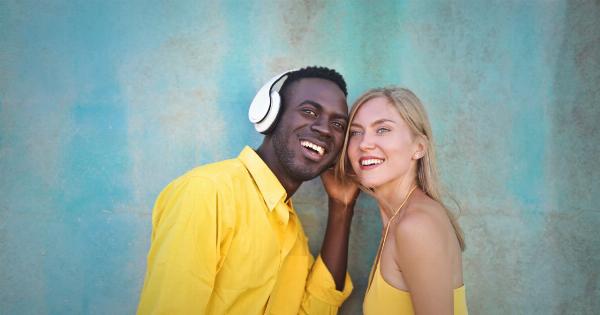Beauty routines have been an integral part of human culture for centuries. From face masks made out of natural ingredients to elaborate skincare regimens, people have long sought ways to enhance their appearance and maintain youthful-looking skin.
However, behind the glamour and promises of traditional beauty routines lies a dark side that often goes unnoticed. In this article, we will explore some of the harmful effects and hidden dangers associated with these routines, shedding light on the potential risks they pose to our overall well-being.
The Deceptive Appeal of Chemical-laden Products
One of the primary concerns with traditional beauty routines is the use of chemical-laden products. Many beauty products on the market today contain a cocktail of harmful ingredients such as parabens, phthalates, and formaldehyde, among others.
These chemicals can disrupt hormonal balance, cause skin irritation, and even have carcinogenic effects in the long run. Despite these alarming facts, the allure of quick-fix beauty solutions often overshadows the potential harm these chemicals may pose.
The Underlying Problem of Animal Testing
Another dark secret of traditional beauty routines lies in the prevalence of animal testing. Many cosmetics and skincare brands continue to conduct cruel and unnecessary tests on animals to ensure the safety of their products.
From rabbits and guinea pigs to mice and monkeys, countless animals are subjected to painful experiments, which often lead to their suffering and premature death. Moreover, animal testing can be unreliable when it comes to assessing product safety for humans due to differences in anatomy and physiology.
The Vicious Cycle of Body Image Concerns
Traditional beauty routines also contribute to the perpetuation of unrealistic beauty standards, which can severely impact an individual’s body image and self-esteem.
The constant pursuit of flawless skin, the pressure to conform to societal ideals, and the bombardment of airbrushed images in the media can create a vicious cycle of body image concerns. This obsession with external appearance can lead to the development of mental health issues such as anxiety and depression, as individuals strive to attain an unattainable and often photoshopped level of perfection.
The Hidden Environmental Toll
While traditional beauty routines focus on enhancing personal beauty, the environmental toll associated with these practices often goes unnoticed.
From excessive product packaging to single-use items like cotton pads and facial wipes, the beauty industry generates a significant amount of waste and contributes to pollution. The extraction of ingredients for beauty products and the manufacturing processes can also deplete natural resources and contribute to deforestation, habitat destruction, and water pollution.
The Financial Burden of Beauty Culture
The pursuit of an ideal beauty routine comes at a cost, both financially and emotionally. The beauty industry thrives on consumerism, continually introducing new products and promoting the idea that we need the latest trends to achieve beauty.
This creates a culture of constant spending, leading individuals to invest significant amounts of money in skincare, makeup, and beauty treatments. The financial burden can become overwhelming, causing stress and anxiety, especially for those who cannot afford to keep up with the industry’s demands.
The Impact of Beauty Routines on Self-Acceptance
Traditional beauty routines often emphasize the need to fix perceived flaws and imperfections, inadvertently sending the message that our natural selves are not enough. This constant quest for improvement can hinder self-acceptance and self-love.
Instead of embracing our unique features, we are encouraged to alter and mask them to fit into narrow beauty standards. Consequently, this focus on external appearance can erode one’s sense of self-worth and prevent genuine self-acceptance and appreciation.
The Risks of Misinformation
The internet has become a breeding ground for beauty-related misinformation. It is increasingly challenging to discern fact from fiction amidst the abundance of questionable beauty advice and DIY remedies.
From unreliable beauty influencers to unverified claims about miracle products, misinformation can lead individuals to follow practices that are ineffective or even harmful to their skin and overall health. This lack of reliable information further contributes to the dark side of traditional beauty routines.
The Potential for Dependency
Another significant concern associated with traditional beauty routines is their potential to foster dependency. The promise of youthful-looking skin and an improved appearance can create an addiction to beauty products and treatments.
Individuals may feel compelled to rely on a myriad of products, losing touch with their natural beauty and feeling insecure without their makeup or skincare routine. This reliance on external sources for validation can hinder the development of genuine self-confidence and create a perpetual need for external affirmation.
Breaking Free from the Traditional Beauty Mold
Now that we have explored the dark side of traditional beauty routines, it is essential to consider alternatives that promote inner well-being and sustainability.
Embracing a more holistic approach to beauty, such as focusing on self-care, self-acceptance, and mindful consumption, can pave the way for a healthier beauty culture. Supporting brands that prioritize ethical practices, transparency, and sustainability can also contribute to a shift in the industry, encouraging the development of safer and more conscious beauty practices.
Redefining Beauty Standards and Finding Empowerment
Instead of adhering to unrealistic beauty ideals, redefining beauty standards can empower individuals to embrace their uniqueness and celebrate diverse forms of beauty.
By challenging societal norms and encouraging inclusivity, we can create a space where everyone feels accepted and appreciated for who they are. Emphasizing inner beauty, kindness, and self-expression can reshape the beauty narrative and inspire a generation to prioritize self-love, authenticity, and overall well-being above all else.
Conclusion
Traditional beauty routines have long been a point of fascination and obsession for individuals seeking to enhance their appearance.
However, behind the allure and promises of these routines lies a multitude of risks and drawbacks that can impact both individuals and the environment. By acknowledging these dark aspects, promoting awareness, and exploring alternative approaches to beauty, we can strive for a more inclusive, sustainable, and empowering beauty culture.
